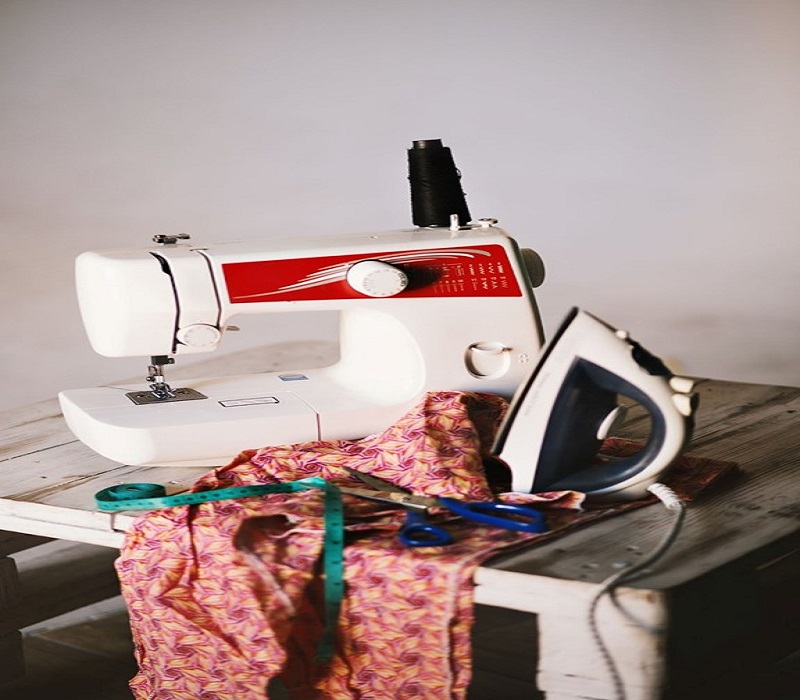Oversewed the Repair in a Circumferential Fashion: A Comprehensive Guide
Introduction
With regards to fixing tissue or material, the procedure involved assumes a pivotal part in guaranteeing solidness and strength. One such strategy is oversewed the repair in a circumferential fashion, a method frequently utilized in clinical stitching, material rebuilding, and modern applications. This article investigates the idea, advantages, and utilizations of oversewing in a roundabout or circumferential way.
What is Oversewing in a Circumferential Fashion?
Oversewing alludes to a technique for sewing where covering lines are utilized to support and get the maintenance. When done circumferentially, the lines follow a roundabout way, encompassing the impacted region. This approach ensures even distribution of tension and provides a robust structural repair.
Applications of Circumferential Oversewing
The technique of oversewed the repair in a circumferential fashion finds applications in various fields, including:
Medical Suturing and Surgical Procedures
- Used in gastrointestinal surgeries for closing anastomoses.
- Helps in vascular grafting and tendon repair.
- Enhances wound closure to prevent dehiscence (wound reopening).
Textile and Leather Repairs
- Common in seam reinforcement for clothing and upholstery.
- Used in shoe repair to prevent tearing and increase longevity.
Industrial and Mechanical Applications
- Applied in pipe sealing and fabrication of flexible materials.
- Ensures durable mechanical fabric repairs, such as conveyor belts.
Benefits of Oversewing in a Circumferential Pattern
✅ Enhanced Strength and Durability
Circumferential oversewing distributes the load evenly around the repair site, reducing stress points and enhancing durability.
✅ Prevention of Further Damage
By enclosing the damaged area, this technique prevents unraveling and additional tearing, whether in biological tissues, textiles, or industrial materials.
✅ Seamless and Aesthetic Finish
This method creates a neat and uniform finish, which is particularly important in surgical applications and high-end textile repairs.
✅ Increased Flexibility
A circumferential stitch allows for natural expansion and contraction, making it ideal for materials that undergo movement or pressure.
Bit by bit Manual for Oversewing a Maintenance in a Circumferential Way
📝 Step 1: Prepare the Material
Clean and align the edges of the damaged area to ensure a smooth repair.
📝 Step 2: Choose the Right Thread or Suture
Opt for a material that matches the durability and flexibility required.
📝 Step 3: Begin with an Anchor Stitch
Secure the thread with a strong knot at the starting point.
📝 Step 4: Sew in a Circular Motion
Use overlapping stitches to enclose the repair site evenly.
📝 Step 5: Tighten and Secure the Stitching
Ensure uniform tension to prevent puckering or loosening.
📝 Step 6: Finish with a Secure Knot
Twofold or triple bunch the string to forestall disentangling.
Common Mistakes to Avoid
- Lopsided Sewing: Prompts points of concern in the maintenance.
- Incorrect Thread Tension: Too tight can cause tearing; too loose may not hold well.
- Skipping Anchor Stitches: Increases the risk of unraveling over time.
Best Practices for a Durable Oversewed Repair
- Use high-quality thread or sutures suited to the repair type.
- Maintain consistent spacing between stitches.
- Reinforce the stitching with double knots at key points.
- Check for symmetry and tension uniformity before completing the repair.
Conclusion
Oversewed the repair in a circumferential fashion is a highly effective technique that enhances durability, prevents further damage, and provides a seamless finish. Whether applied in surgical settings, textile industries, or mechanical repairs, this method ensures long-lasting and reliable results. By mastering this technique, professionals across various fields can significantly improve the integrity and longevity of their repairs.
Need more insights on sewing and repair techniques? Stay tuned for more expert tips!
For more articles; visit our website “USA EVER GREEN“.







